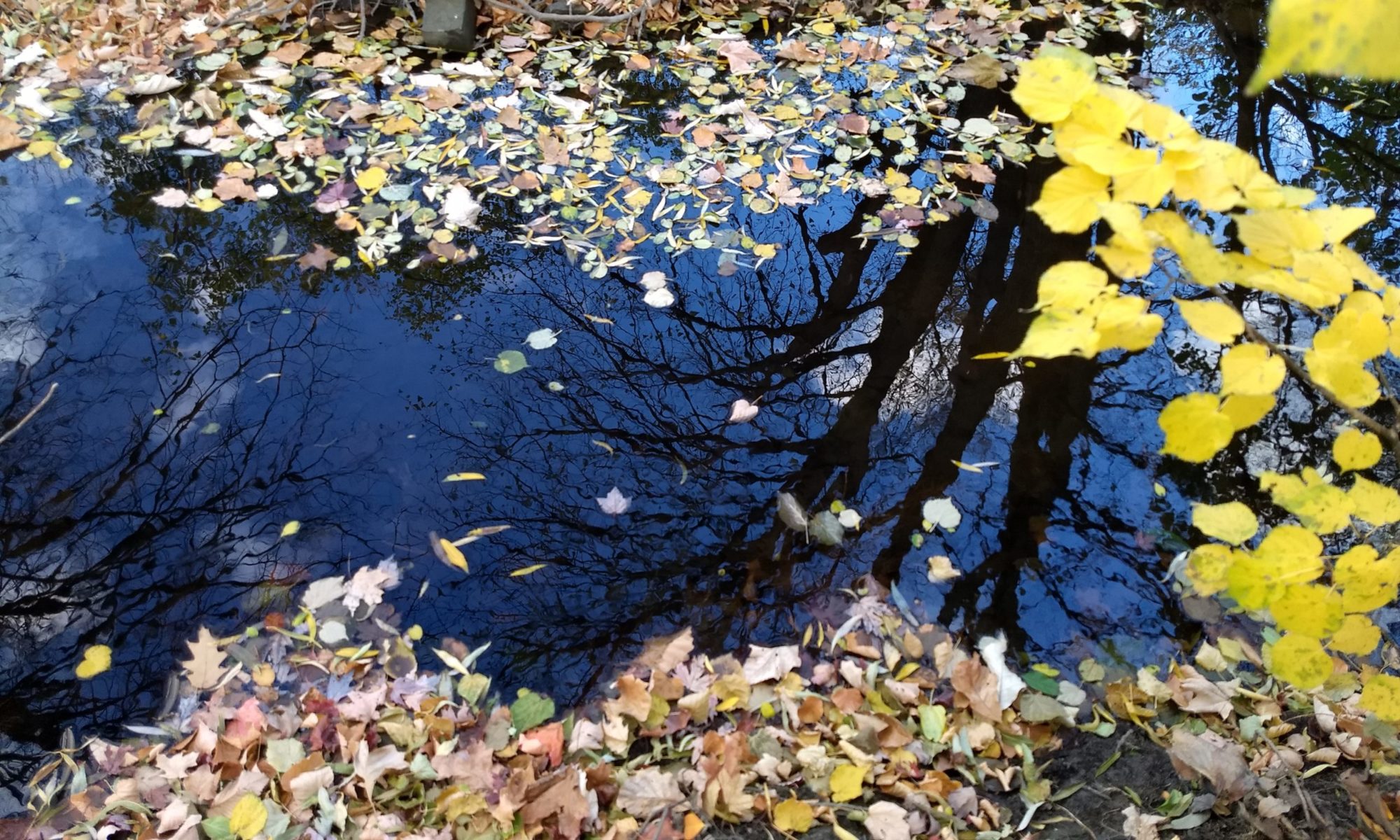Apparently Chipotle has had a carnitas shortage, according to an article in the Chicago Tribune business section today. Even though carnitas, otherwise known as pork, is my burrito filling of choice, I haven’t noticed. I haven’t been too fond of Chipotle’s marketing strategies lately and haven’t eaten there for a while. Chipotle is now using a British pork supplier to provide their customers with carnitas. According to the article, Chipotle founder and co-CEO Steve Ellis states that it’s been Chipotle’s preference to source meats domestically, but the quality of pork that meets their standards is not available right now.
Hogwash!
When Chipotle used domestic suppliers of pork, they insisted that their pork be raised antibiotic and hormone free. Just to clarify, all pork sold must be from pigs who have not had antibiotics in their systems for a number of weeks, so our meat does not have antibiotics in it. Many conventional farmers, such as the pork producers I visited last year, only use antibiotics to treat sick pigs. And hormones? They are not used in pork production AT ALL. A pig goes to market in just six short months, and using hormones isn’t practical or worthwhile.
Plenty of pork suppliers in the U.S. would be able to meet Chipotle’s demands, but instead they have chosen a pork producer in the U.K., which also allows antibiotic use for the health of pigs. This choice seems hypocritical to me!
As I’ve stated before, we’re fortunate that we have so many choices when it comes to buying our food. Having visited a pork producer right here in Illinois, I’m confident in the quality of U.S. pork. Here is one of my favorite pork recipes!
Slow Cooker Carolina BBQ Pulled Pork
2 onions, quartered
2 tablespoons brown sugar
1 tablespoon paprika
2 teaspoons salt
1/2 teaspoon ground black pepper
1 (4 to 6 pound) boneless pork butt or shoulder roast
3/4 cup cider vinegar
4 teaspoons Worcestershire sauce
1 1/2 teaspoons crushed red pepper flakes
1 1/2 teaspoons sugar
1/2 teaspoon dry mustard
1/2 teaspoon garlic powder
1/4 teaspoon cayenne
Hamburger buns
Place onions in slow cooker. Combine brown sugar, paprika, salt and pepper; rub over roast. Place roast on top of onions.
Combine vinegar, Worcestershire sauce, red pepper flakes, sugar, mustard, garlic powder and cayenne; stir to mix well. Drizzle about one third vinegar mixture over roast; cover and refrigerate remaining vinegar mixture.
Cover slow cooker and cook on LOW 8 to 10 hours (HIGH 4 to 6 hours.) Drizzle about one third reserved vinegar mixture over roast during last half hour of cooking. Remove meat and onions. Drain if desired. Chop or shred meat and chop onions. Serve meat and onions on buns. Use remaining vinegar mixture to drizzle over sandwiches. Delicious!
Read discussions about Chipotle’s pork decisions for yourself.
Dear Chipotle, What Do You Have Against U.S. Pig Farmers?
Chipotle caught in pork hypocrisy
American Pig Farmers Call Out Chipotle and Its British Pork Supplier
Chipotle goes across the pond for pork; allows antibiotics use
Why Buy Pork From Across the Pond, Chipotle?









